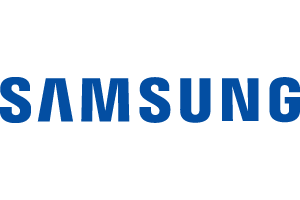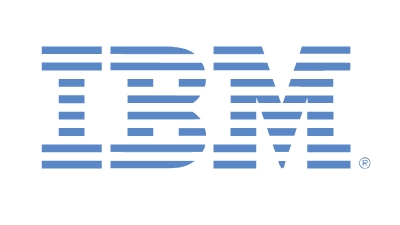Q&A: 10 Ways VARs Can Capitalize On Growing UCaaS Market
Submitted by Mark Haranas on

Where do you see the biggest gains that can be made for multi-tenancy UCaaS?
Given the typical multi-tenancy design, clients utilizing this type of architecture are running the same software within a multi-tenant database with limited ability for customization and specific business-driven modifications aligned to how their business operates. While the functionality itself is not limited, and applications certainly run in a highly secure environment, the inherent ability to customize and control applications is much more difficult.
The biggest gains that can be realized for multi-tenancy are in enabling clients with an increased level of application control specific to their business requirements while maintaining the pricing benefit of a multi-tenancy environment.
What’s the next step or technology wave for UCaaS?
Businesses are looking for more tailored solutions, so one of the next shifts we’ll see is more solutions that are specialized for specific verticals. Executives are also looking to streamline and gain greater visibility – a dashboard level of control – across all of their applications to really drive efficiencies, so we’ll see solutions built with more emphasis on reporting capabilities.
The cloud offers a low cost of entry, speed of implementation, and ease of support that on-premises solutions cannot compete with. CIOs are open to new ways to gain efficiencies and want a change from how they’ve always done things, and implement solutions that give their employees greater flexibility and mobility. As a result, we’ll see a greater adoption of Desktop-as-a-Service solutions as well as changes in how organizations handle IT.
Next: Future Impacts






